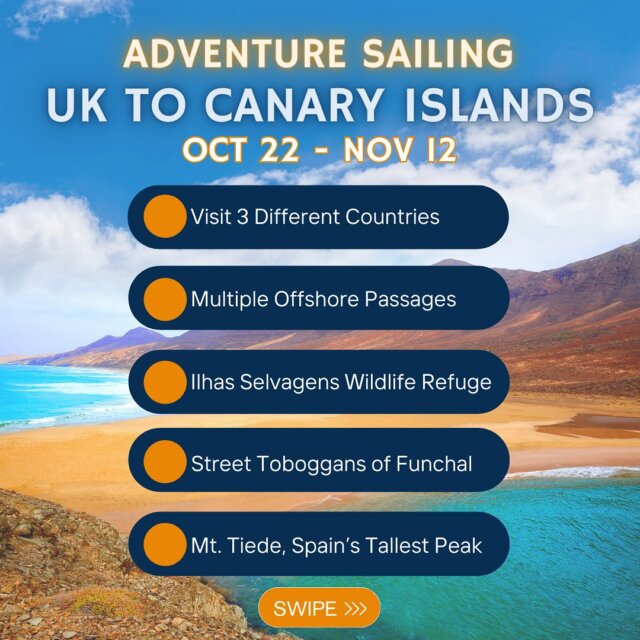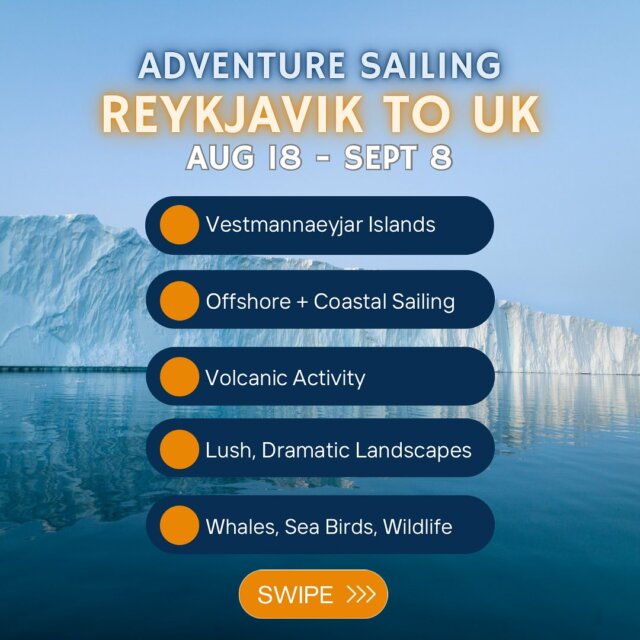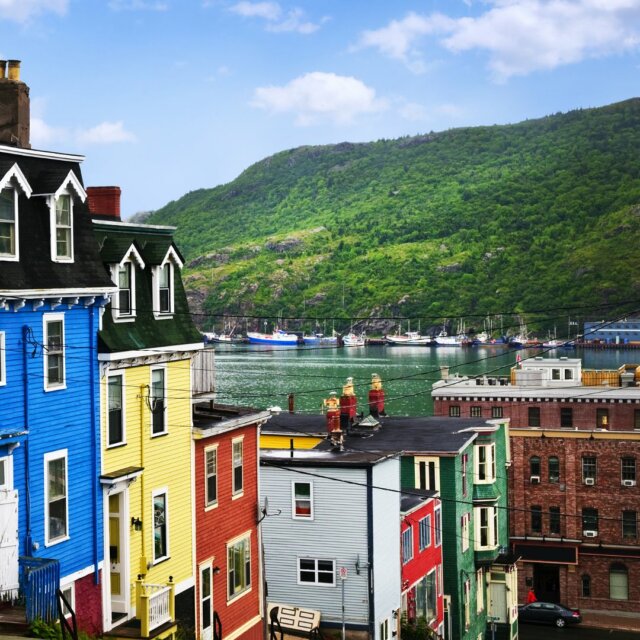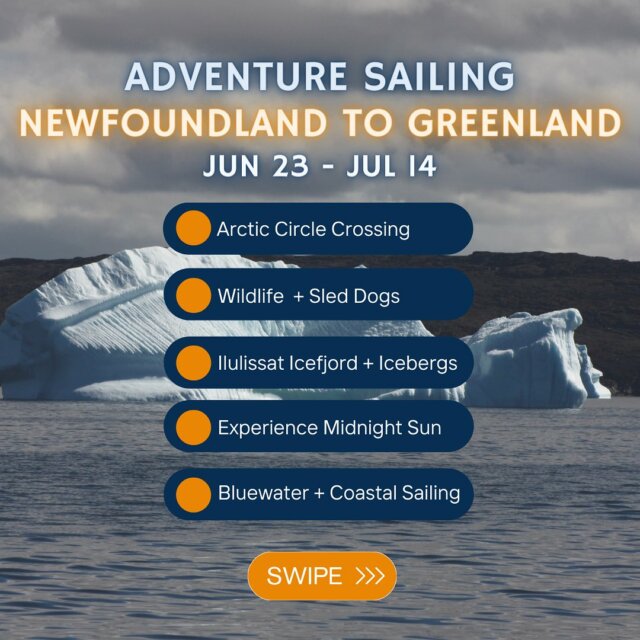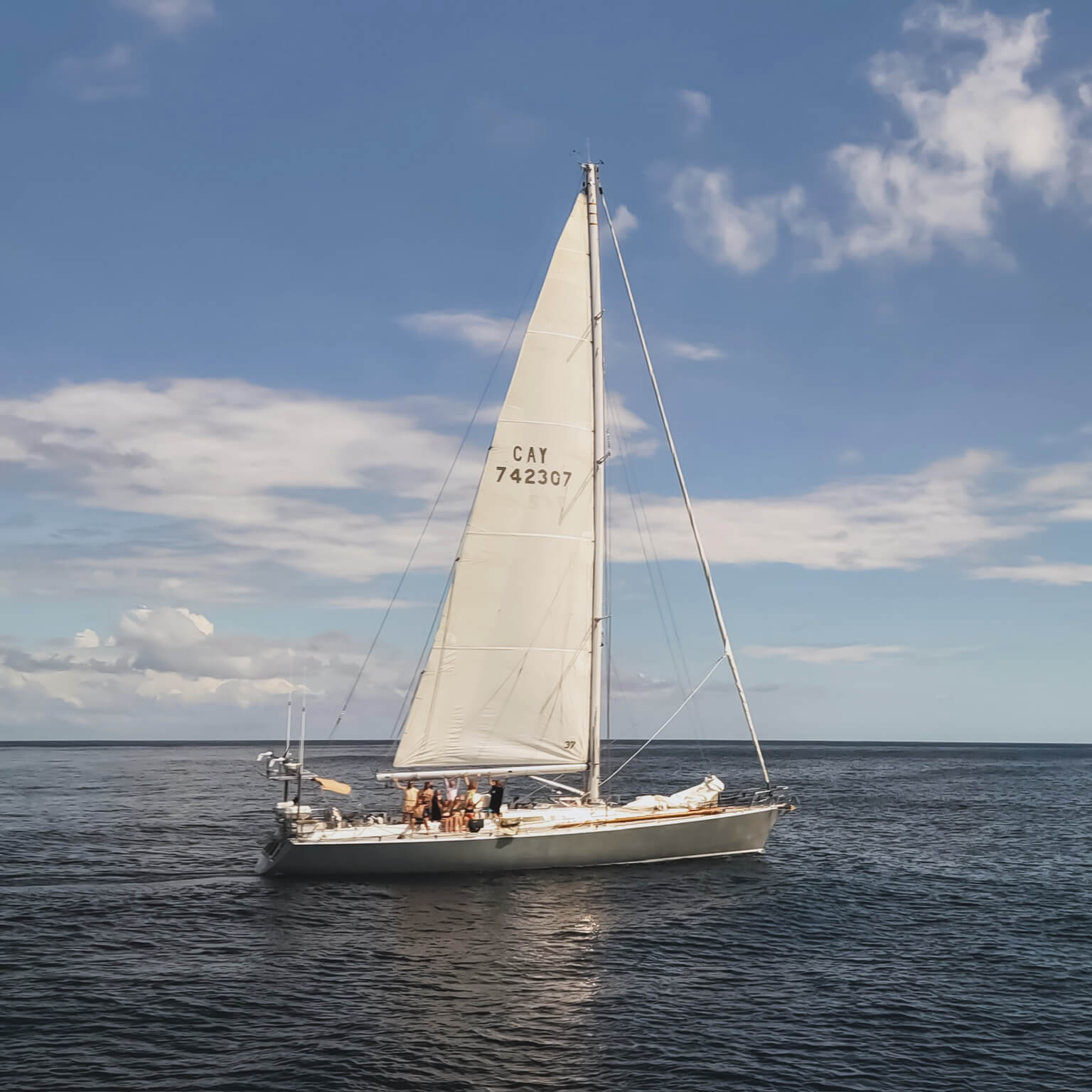There has been a lot of talk about survival lately. We have run out of eggs, a few bags of bread left and no more fresh fruits and vegetables. Emily had to round up and ration the remaining cans of fruit. She announched the other day the fruit cans will be divided during meal times so no more sneaking around in the middle of the night during our watches gulping down canned peaches and pears. Much to everyone´s amazement and shock, Katie walked in the galley the other morning with a lovely round succulant fresh orange that she had forgotten about that she stashed in her room. Although I was not a witness I’m sure it added to the longing of other foods and beverages I’ve heard discussed and will devour when we reach land; beer, ice-cream, fresh fruit and caperinas (hmmmmm think they mean Caiprinhas! Ed).
My thoughts of survival actually started the last sight of land, a small island just off the commercial port where we fueled called Goree Island. Millions of African slaves were held here before they crossed the Atlantic. Men, women, children and families were all separated from each other before they were bound in chains, locked to the bottom of the ships hulls to be transported like cargo to Brazil and other ports. We are sailing across the same route, with the winds appropriately called the Southeast Trade Winds. It would have taken them longer to reach Recife having to go through the Doldrums without an engine, also known as the ITCA (Intertropical Convergence Zone) An estimate of around 4-5 weeks seems reasonable averaging 7 knots. Amanda, who had visited the island when she was on her Class Afloat voyage mentioned mixed race children lived on the island because of white men impregnating female slaves. They were actually treated better, more like whites than blacks. It was a positive remark but I quickly remembered the documentary I saw before I left about Brazilian slaves. More slaves where shipped to Brazil by far than N. America and treated far worse. Most white slave owners had no families. They were more like outlaws in a lawless state. They castrated male slaves and when they were worked to death they shipped over more. Women slaves were known to try to abort their unborn babies because they knew life for them would be pure misery. As we headed west with the island on our stern I imagined how the slaves that did make it across survive. I guess most of them preferred to die as they did when they arrived to be sold to their inhumane masters.
Survival has a different meaning depending on who you ask. While looking at the endless sea day after day now, our 18th day I think of Steven Callahan who spent 76 days in a liferaft. In his book Adrift Steven had to fight starving to death or being attacked by sharks or dorado fish that could puncture his life raft at any moment. He left the Canary Islands on his 21 foot sailboat called Napoleon Solo in the late 80s toward Antigua but was hit by an object 300 miles west of his departure and miraculously deployed his life raft before it sank. 1,800 miles he drifted eventually being found by fishermen near Guadeloupe. If it were not for his creativity, 2 solar stills to make fresh water from saltwater and a short spear gun he would have never survived. From his experience Steven Callahan now works with survivors, a variety who all seem to share similar stories of mental and physical trauma. He also gave ideas about improving life rafts that we use today.
Last night the big question for our scientists was how long will the oceans last or sustain life as we know it? They do not know the answer. However there are other factors than just plastics harming the oceans. As Diana explained the prevailing hypothesis is that the ocean is being compromised from the bottom up and top down. The top meaning the larger predators being wiped out, pressure on the middle groups such as overfishing and the bottom of the ocean having habitats destroyed. (trawling, sand and gravel extraction and marine construction to name a few)
What we do know is about environmental disasters in the past. One is called TBT, the anti-fouling paint used for hulls. It started in the 1970s when researchers first found, after being alerted by the commercial oyster fishery that the shells of oysters were growing so thick the oyster itself had no room to grow and were dying. Next dog whelk males, basically a marine snail, developed reduced penis size. Both were linked to the chemical TBT but it took 30 years from research to implementation of the ban of the product. Enough time for companies to keep selling it and find another to replace it in ample time.
A current contaminate that we are more aware of is mercury that comes from coal power plants and artisanal gold mining operations. The coal plants emit smoke containing mercury that finds its way into the surface water eventually leading to the oceans. The mercury bioaccumulates in the tissues of fish like tuna, sword, dolphins, whales and mammals that eat the fish such as polar bears. (Mercury bioaccumulates in tissues of marine organisms and biomagnifies up the food chain reaching high levels in top predators like Tuna, swordfish, kingfish, polar bears – Ed).
It is all about survival in the end, for us and the species we share this earth with.
Lets hope we find solutions and have an increase of people who share common values about our environment. For those who find solace in nature, protecting wilderness and our seas is essential. Steven Callahan describes this very well in his book Adrift.
”The sea remains the world’s greatest wilderness. To my mind voyaging through wilderness, be they full of woods or waves is essential to the growth and maturity of the human spirit. It is in the wilderness that you find who you are. It is facing the challenges of the wilderness that the thickness of your wallet becomes irrelevant and your capabilities become the truer meaning of your value.”
– Simone Machamer
